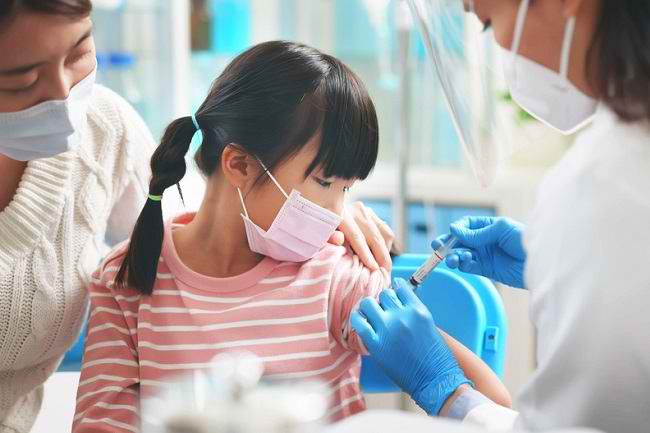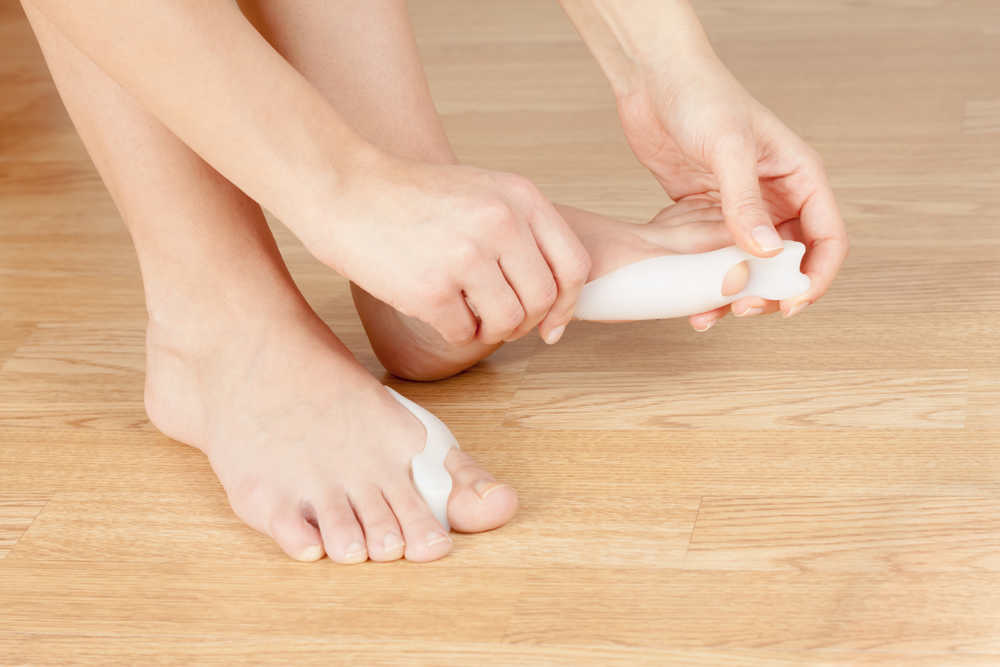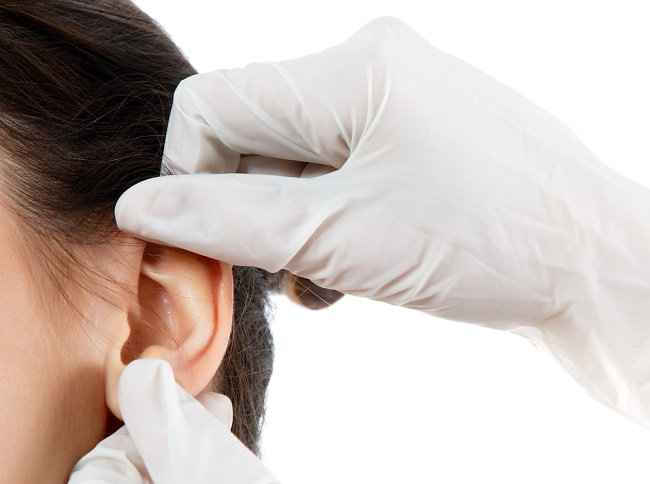Timolol is a drug used to treat high pressure inside the eye (intraocular pressure), due to glaucoma or diabetes ocular hypertension. Timolol is available as 0.25% and 0.5% eye drops.
Timolol is a drug beta blockers or beta blockers that work by reducing the production of fluid in the eyeball. With reduced production of this fluid, intraocular pressure will decrease so that eye damage or other complications can be prevented.

To treat glaucoma, timolol can be used alone or in combination with several other drugs.
Timolol trademark:Azarga, Cosopt, Duotrav, Glaoplus, Isotic Adretor 0.25%, Isotic Adretor 0.5%, Opthil, Tim-Ophtal, Timo-Comod 0.5%, Timol, Ximex Opticom, Xalacom
What is Timolol
| group | Prescription drugs |
| Category | Beta blockers or beta blockers |
| Benefit | Reducing pressure inside the eyeball due to glaucoma or ocular hypertension |
| Used by | Mature |
| Timolol for pregnant and lactating women | Category C:Animal studies have shown adverse effects on the fetus, but there are no controlled studies in pregnant women. Drugs should only be used if the expected benefit outweighs the risk to the fetus. Timolol can be absorbed into breast milk. If you are breastfeeding, do not use this medicine without consulting your doctor first. |
| Drug form | eye drops |
Precautions Before Using Timolol
Timolol should only be used as prescribed by a doctor. The following are things to consider before using timolol:
- Tell your doctor about any allergies you have. Timolol should not be used by someone who is allergic to this drug.
- Tell your doctor if you have or have had asthma, chronic obstructive pulmonary disease (COPD), stroke, diabetes, liver disease, thyroid disease, kidney disease, myasthenia gravis, heart disease, or arrhythmias.
- Tell your doctor if you have an eye infection, an eye injury, or have recently had eye surgery.
- Do not drive a vehicle or do activities that require alertness while taking timolol, as this medicine can cause blurred vision.
- Tell your doctor if you are pregnant, breastfeeding, or planning a pregnancy.
- Do not use contact lenses (soft lens) while using timolol eye drops.
- Tell your doctor if you are taking certain medications, supplements, or herbal products.
- Tell your doctor that you are taking timolol if you plan to have certain medical procedures, such as surgery or dental surgery.
- Talk to your doctor about using timolol in children under 2 years of age.
- See your doctor right away if you have an allergic drug reaction, serious side effect, or overdose after taking timolol.
Timolol Dosage and Directions
The dose and duration of use of timolol eye drops will be determined by the doctor according to the patient's age and the condition to be treated.
The dose of timolol eye drops to reduce high pressure inside the eye due to open-angle glaucoma or ocular hypertension is 1-2 drops, once a day.
How to useTimolol correctly
Follow the doctor's advice and read the information listed on the timolol eye drop package before using it.
Wash hands with running water and soap before using the medicine. Make sure not to touch the tip of the medicine bottle to avoid contamination.
Tilt your head back and pull the lower eyelid up to form a pocket and then drop the medicine into it. After the medicine is instilled, close your eyes and press the corner of the eye near the nose for 1-2 minutes, so that the medicine can be absorbed more deeply.
Avoid pressing and rubbing your eyes, or blinking so the medicine can work properly. If you need to put more than 1 drop of medication in the same eye, give yourself a 5-minute break before dripping again. Make sure to always wash your hands after using the medicine.
If you use contact lenses, remove them before using timolol eye drops. Wait at least 15 minutes after using timolol before putting your contact lenses back on.
If you forget to use the drug, use it immediately if the schedule for using the next dose is not too close. When it is close, ignore the dose and do not double the next dose.
Perform regular eye health checks to assist doctors in monitoring the development of eye conditions and the effectiveness of medications.
Store medicine in a closed container. Avoid storing the medicine in a place that is hot, humid, or exposed to direct sunlight. Keep this medicine out of reach of children.
Timolol Interactions with Other Drugs
The following are the effects of interactions that may occur if you use timolol together with other medicines:
- Increased risk of hypotension and bradycardia when used with reserpine
- Increased risk of side effects when used with antihypertensive drugs, such as metidopa
- Increased risk of slow heart rate when used with quinidine
- Decreased effectiveness of timolol when used with non-steroidal anti-inflammatory drugs (NSAIDs), such as ibuprofen or indomethacin
Side Effects and Dangers Timolol
Side effects that can occur after using timolol are:
- Headache
- Eye irritation
- Dry eyes
- Blurred vision
- Itchy eyes
- Red eye
- There is a stinging feeling in the eyes
Check with your doctor if these side effects don't get better or get worse. Call your doctor right away if you have an allergic reaction to a drug or a more serious side effect, such as:
- Heavy dizziness
- Swollen or painful eyes
- Tingling in hands or feet
- Difficult to breathe
- Swelling of the legs
- Slow or irregular heart rate
- Faint









